Few people will ever witness a car crash. That's a good thing, but for the police who must understand what caused one and the lawyers and insurers who must deal with the aftermath, it's not.
It's why every year the Institute of Traffic Accident Investigators (ITAI) organises 'crash day', which is exactly as it sounds: a day devoted to crashing cars, to which it invites its members and people in associated services.
Of course, you may wonder why, given that Euro NCAP crash-tests the latest cars, it's necessary for the ITAI to spend a day doing the same.
"Euro NCAP's tests are important but different," explains Chris Goddard, an independent collision investigator who previously did the same work in the police and who was at crash day taking photos.
"Its crashes are highly controlled and about establishing how safe a car is, whereas the ITAI's are more real-world, with the aim of helping investigators understand how they unfold. Having seen a few today, [an investigator] might go to a future crash scene, see similar tyre marks and damage and say: 'I think I know what happened; I've seen that damage and those marks before."
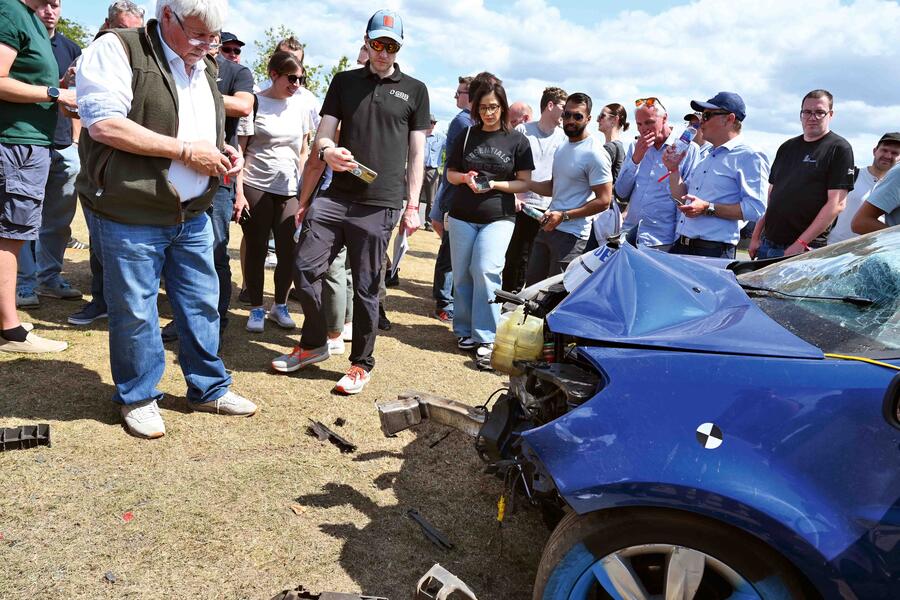
This year, crash day took place at Darley Moor airfield, a former RAF training base (and a low-key motorsport and track day venue) near Ashbourne in Derbyshire.
High-speed crashes were carried out on a short stretch of runway, with low-speed impacts taking place on an area to the side. There were 24 crash cars, most of them family hatches that had been seized by the police or were the subject of court orders.
Twelve crashes had been arranged, involving cars colliding with obstacles, such as signposts and roadside cabinets, and with stationary cars. All the cars would be remotely driven.
The first crash of the day was a Vauxhall Meriva crashing into a passive aluminium post at 56mph. A passive object is one designed to slow the car without causing the occupants serious injury. Both of the Meriva's front airbags deployed, but its windscreen was unbroken and the bulkhead protected the cabin.
Following the impact, the car continued to roll on for around 100 metres. As with all the crashes, after the dust had settled, visitors surrounded the car to examine the damage and the crash site.
Later, a Renault Clio was piloted at 62mph into a conventional, non-passive signpost with very different results. The pole destroyed the front of the car and stopped the vehicle almost instantly - an event that would have either killed or at least significantly injured the occupants.

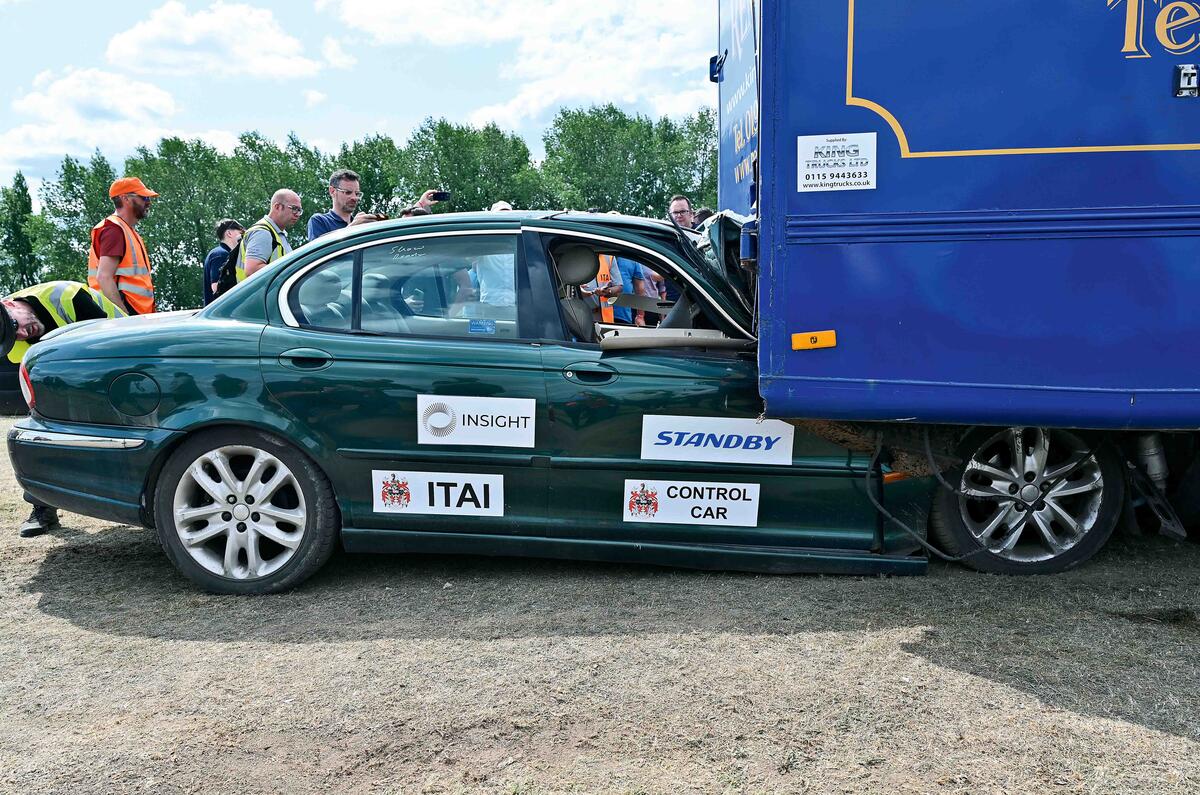
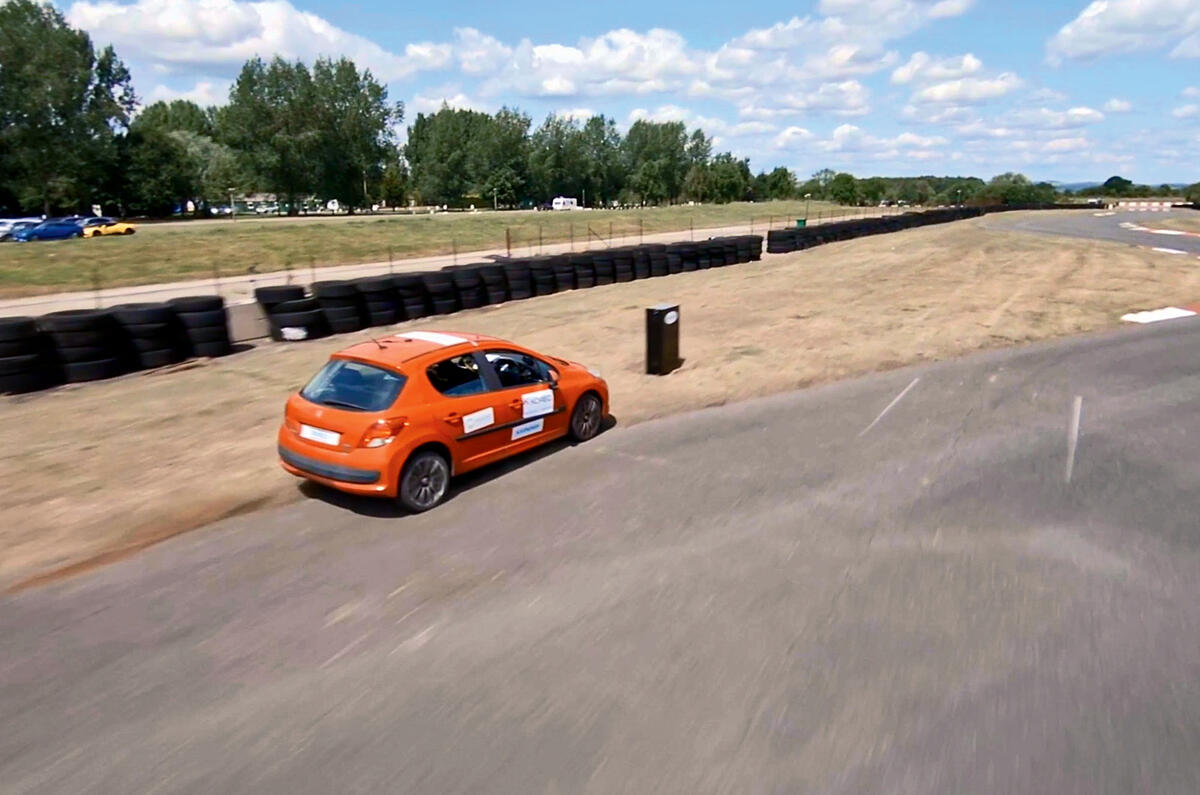
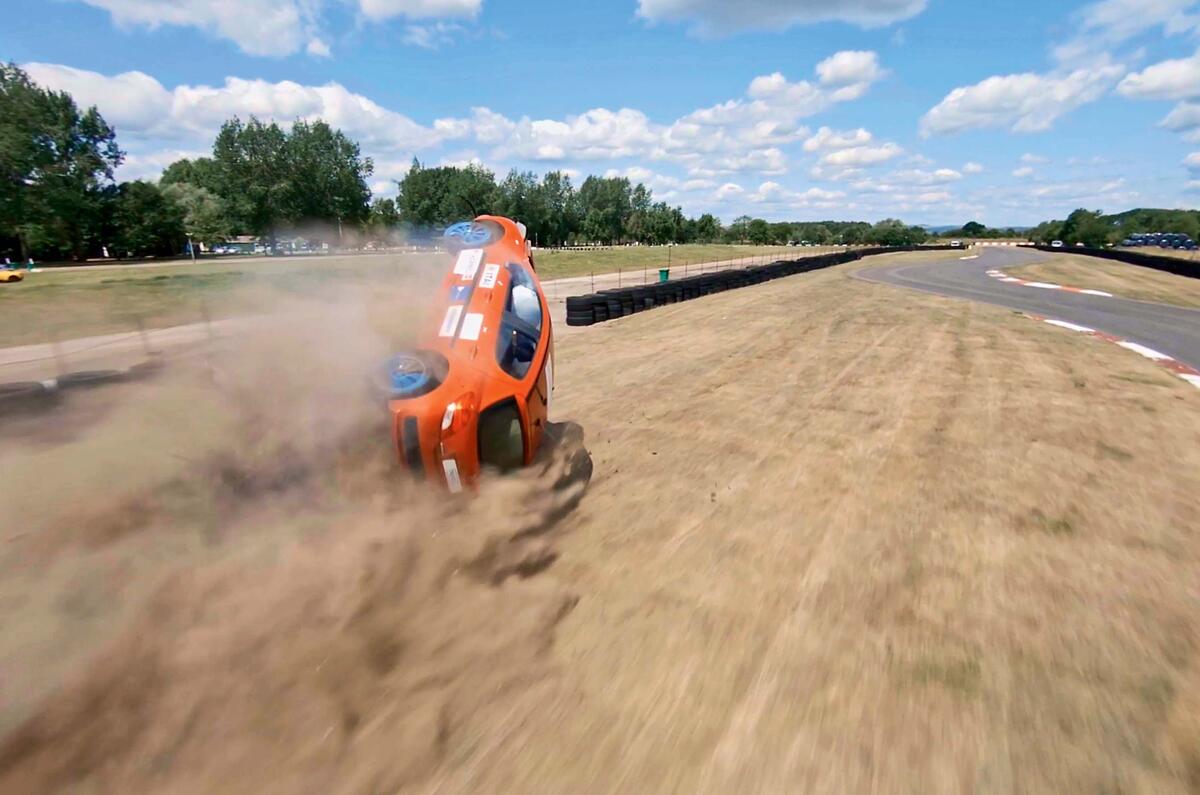
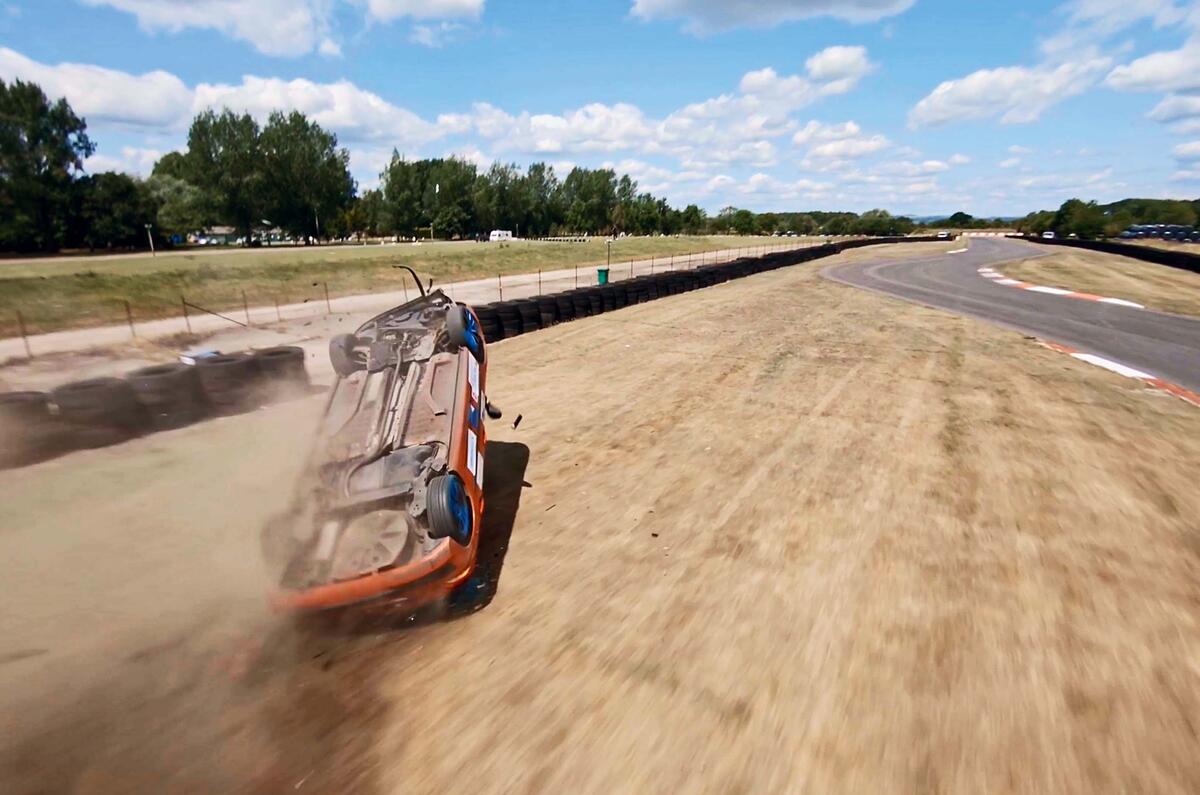
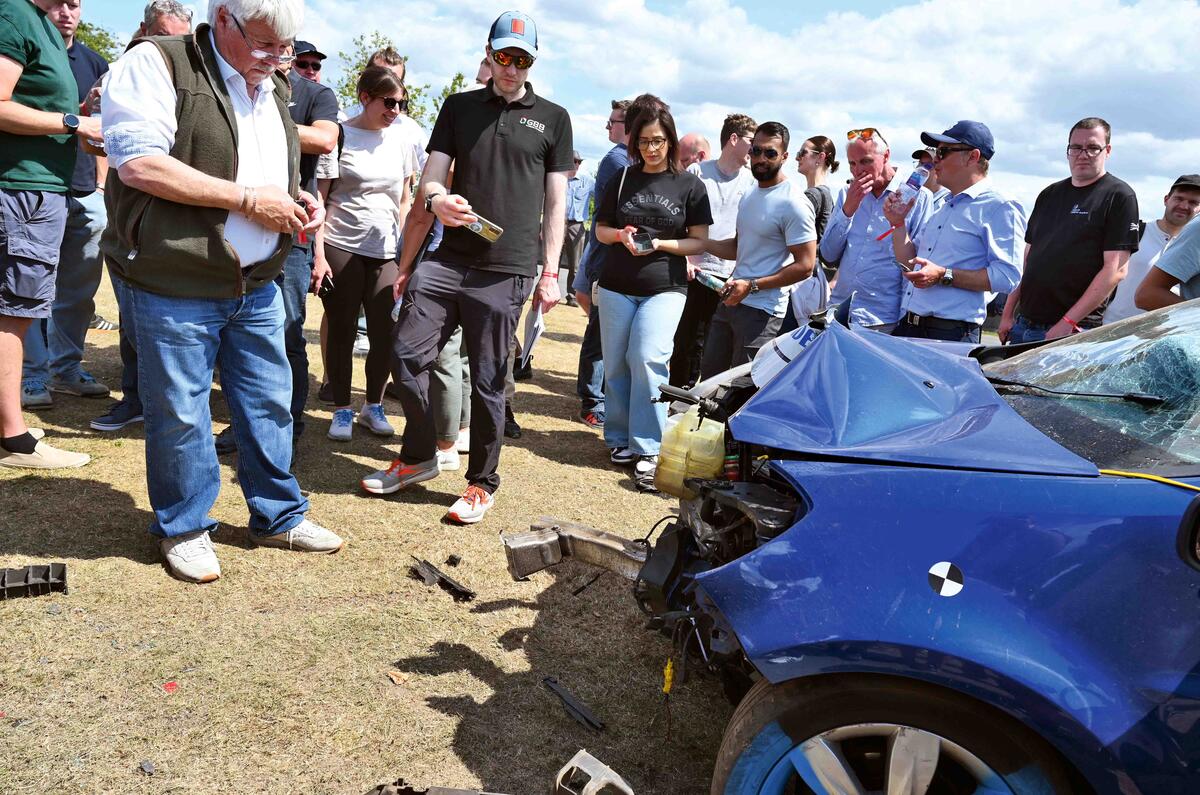
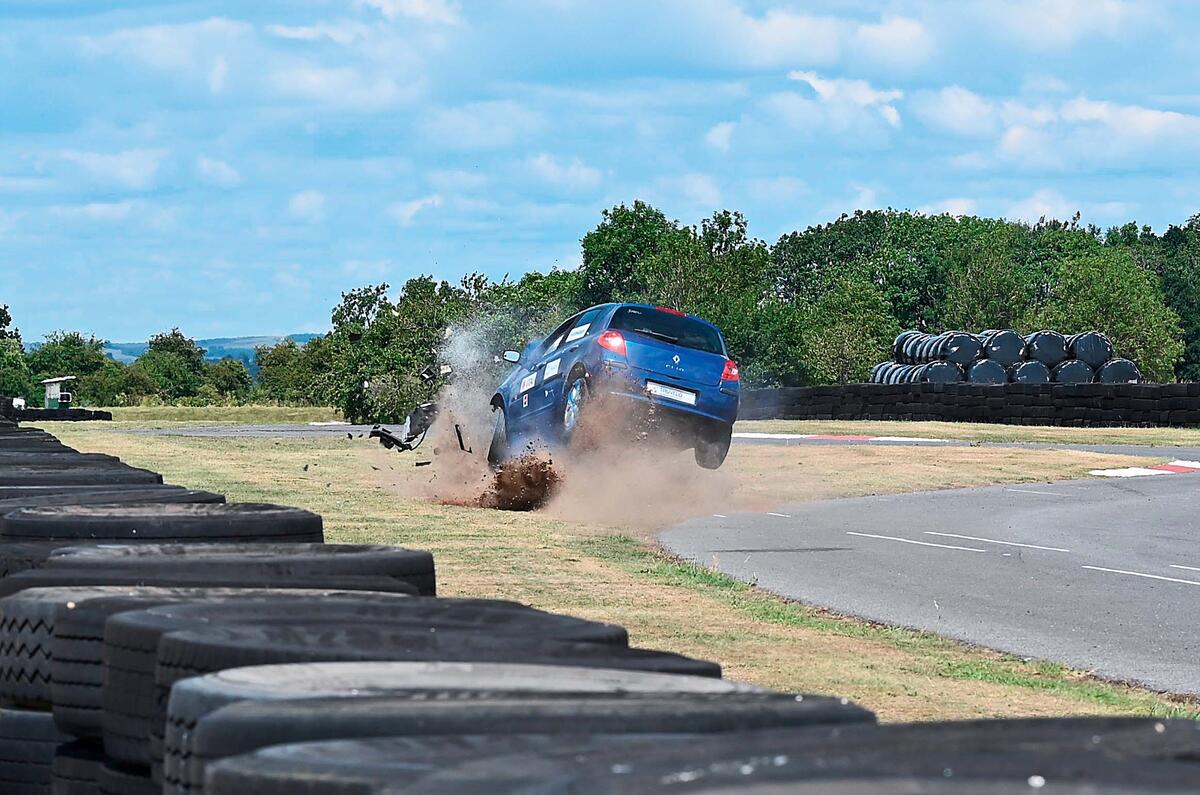
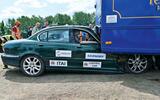
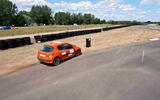
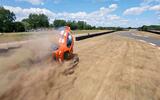
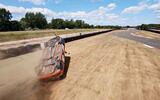
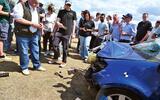
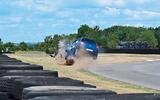

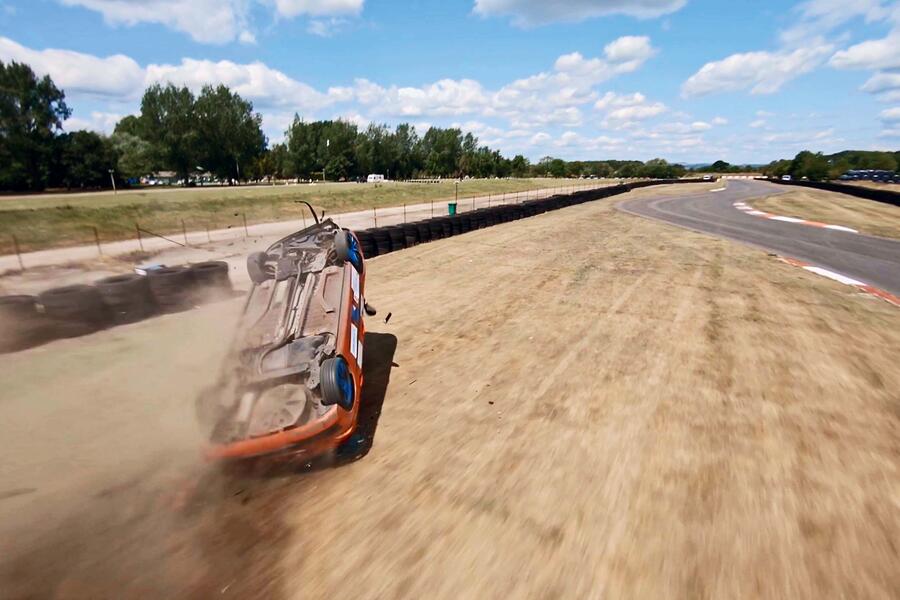
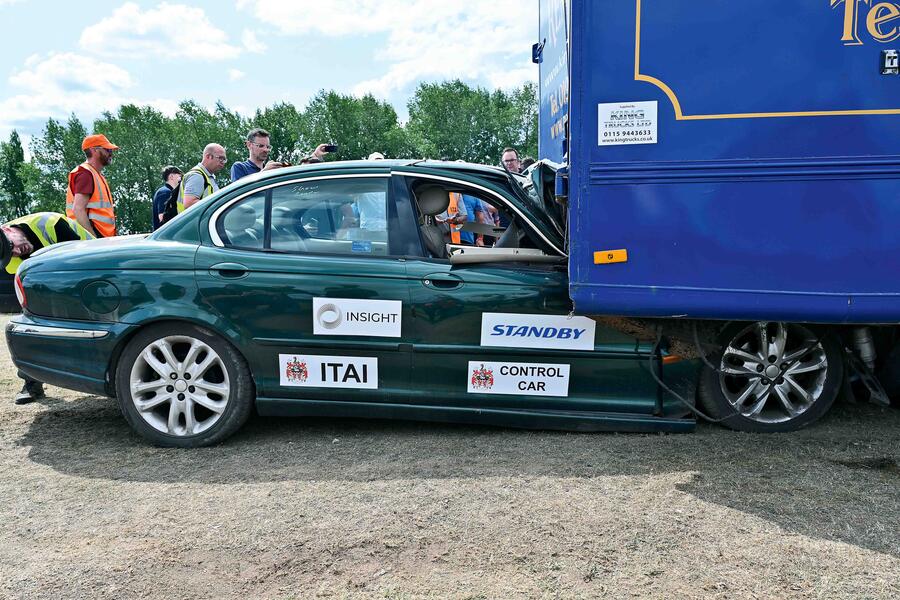
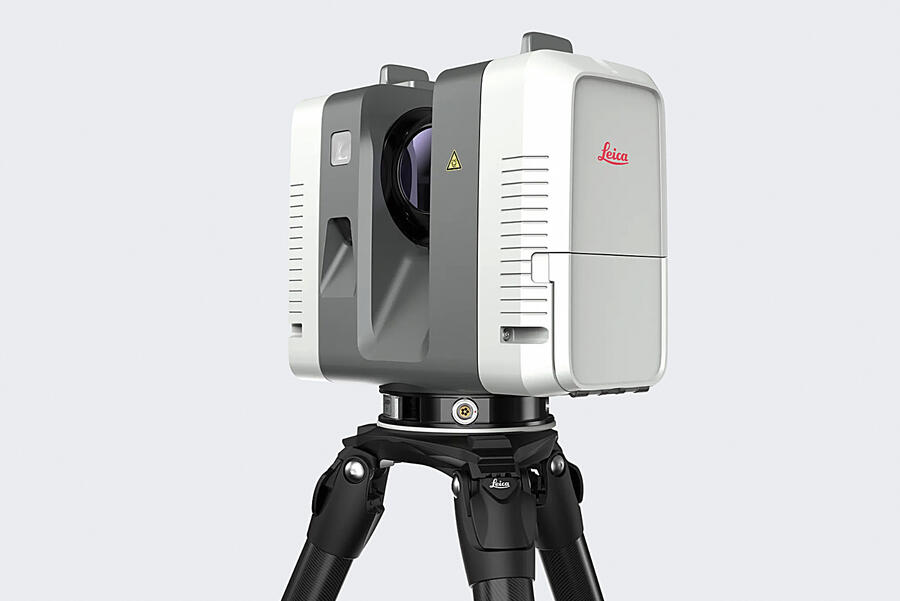


Join the debate
Add your comment
All this tech should in theory actually give accurate data as to whom in a crash is at fault and remove the fiction that some drivers give as evidence.
Also there's a typo, the Toyota reverses into the side of a Suzuki and the damage to the honda could write it off. Either that or I mis read it.